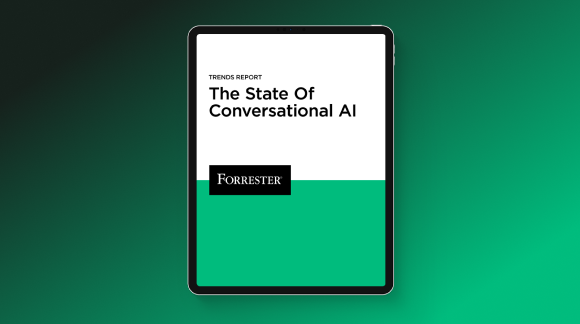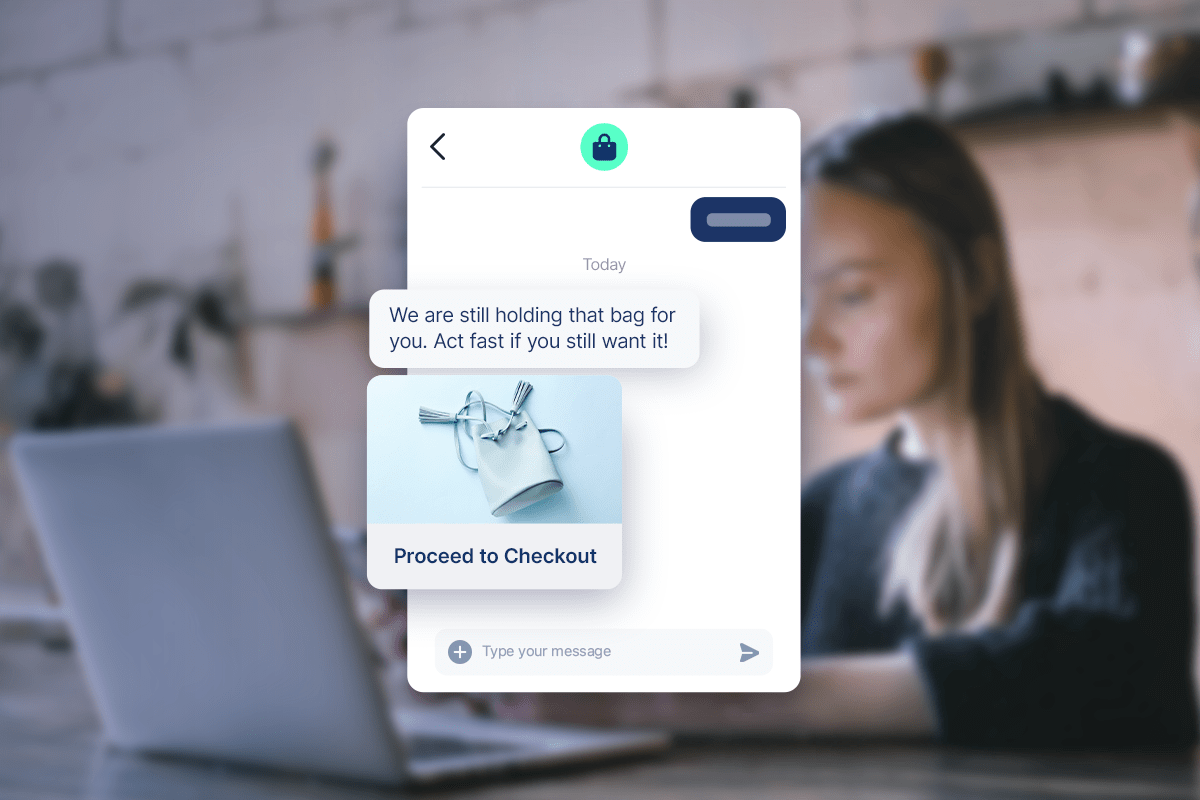Do you have a customer referral program yet? If you don’t, you’re missing out.
Long before the internet, before the rise of Madison Ave and ad men, and even the printing press, there was word of mouth. While we keep coming up with new and unique ways to sell products and services, we’ll never be able to beat organic word-of-mouth marketing.
But we can incentivize it.
Referral marketing does just that. Referral marketing activates your biggest source of marketers—your customers—and encourages them to share your products and services with their friends, family, coworkers, and community.
Before we share some of the top customer referral ideas, let’s take a look at referral marketing and how you can develop a program to acquire new customers on autopilot.
Why spend time on customer referrals?
Marketers have a lot on their plates already. From paid media to content marketing, they’re balancing a lot. Why should they add a customer referral program? Because the data says so.
Referral marketing is one of the most underrated, underutilized, and yet most effective types of marketing out there. In fact, 28% of people say word of mouth is their preferred way to learn about new brands, products, or services, according to RRD.
People who discover products through customer referrals are also more likely to buy them. The study showed word of mouth has a higher research-to-purchase ratio (40%) than social media (30%), online/digital ads (27%), or print ads (16%).
The most telling number of all? Purchases. The study found that 40% of consumers actually purchased a product after discovering it via word of mouth, topping all other channels.
Plus, referred customers are 18% more loyal, have a 16% higher lifetime value, and have a 13.2% higher spending rate, according to Finances Online. So not having a solid referral program means you could be leaving a lot of money on the table.
If you’re starting from ground zero…
Always start by assessing the state of your current referrals. Gather your marketing, sales, and customer service teams and ask them the following questions:
- Are we getting referrals?
- Where are they coming from?
- What’s their relationship with your customer?
- Which products/features are they most interested in?
- Who’s our ideal customer?
With that information in hand, you can start to build your customer referral program. Identify which customers you should target and what you can do to turn them into long-term advocates.
Make customer referrals super easy.
Moving customers from liking (or loving) your product to making a referral is a big step. One is passive (enjoying your product), and the other is active (sharing it with someone and telling them why they should like it too). So the first step in building your customer referral program should be to make sharing your product as easy as possible.
Here are some steps to remove the friction of a referral.
Automate the ask.
Sometimes, referrals just aren’t on your customers’ minds—they need to be asked. The best way to do that? Automate it. Build an SMS referral campaign to get the word out. Send a customer referral text message (it’s much more likely to be read than an email) that shares your referral program and asks customers to join. Whether they take action or not is up to them, but at least you’re ensuring they’ll see it and are fully informed of the benefits.
Write the referral for them.
You want your customers to write effusively about your products or services, but that takes work! When their brains have turned to mush at the end of the day, give them something to work with. Have a copywriter write a short and simple customer referral message and share it with your customers. That way, they’re free to write their own if they want, but at least they have a starting point.
Pick the type of customer referral program.
Your customer referral program can be as simple or as complex as you like. Depending on what you sell, tracking referrals one at a time may be sufficient—especially if you’re just looking for a foot in the door with new customers.
But if volume is your game, then asking for continuous referrals could be more beneficial. If that’s the case, a tiered loyalty program might be for you. Set up different tiers associated with various incentives. As customers refer more friends, or more of their referrals convert, they’ll accrue more points and prizes. Just make sure you set up an easy way for your team and your customers to track their referrals as they climb the ladder.
6 ideas for customer referral incentives.
Once you’ve identified your target customer and how you want to approach them, it’s time for the fun part. How will you reward referrals?
You can choose to reward either party or both. For example, you may give the referrer a free gift and give the person they’re referring a discount code for your product. Alternatively, you can give the new customer a free gift, giving your customer advocate the credit.
There’s no shortage of great ideas for customer referral incentives. Consider these options when putting together your program.
1. Gift product add-ons.
An easy referral gift to start with is a product add-on. This includes things that you would normally sell to enhance your product or improve its quality or longevity. Since your customer has already shared that they like your product by purchasing and then referring it, it only makes sense that they want something to enhance it.
Consider things like sunglasses cleaner for the sunglasses they just bought, tote bags for the items they just stocked up on, or a heat protectant to go with the curling iron they purchased. You get the idea. Give them something that complements your product and that you know they’ll like.
2. Reward referrals with a donation to charity.
Social enterprises have become more popular over the last decade as consumers partner their purchasing power with social goods. Companies like Toms, Bombas, and Warby Parker all have social giving built into the way they run their businesses.
Offer your customers the chance to do some good. Offer a donation to a charity as their referral reward. Whether you pick one that aligns with your brand or gives them several to pick from, it’s a chance to do some good while simultaneously growing your business.
3. Host a referral sweepstakes.
Everyone loves a good sweepstakes, right? Instead of giving a lot of customers a small gift or reward, sweepstakes let you give a few customers large gifts. This can incentivize more people to participate who would otherwise scoff or ignore small gifts.
You can even up the ante by giving customers multiple entries for completed tasks. You can even weigh them depending on how much effort it takes. For example, you can give them one entry for following your brand on social media and two entries for sharing a review.
We like this type of referral program for spreading the word about new products or services. It’s a great way to share your brand, but it doesn’t work as well with relationship-based businesses.
4. Offer product upgrades.
Sometimes monetary and physical gifts aren’t necessary to kickstart your referral program. For customers who already love your product (enough to share referrals!), upgrades can be a big incentive.
If you’re a SaaS product, offer referrers the next product tier or add-on to make their experience better. Service-based businesses can offer an extra hour of their time.
5. Unlock exclusive content.
For many people, the promise of exclusivity is hard to resist. Consider creating bonus content for customers who refer their friends. It could be as small as branded phone wallpapers or as big as a library of templates. You can even help boost sales with an exclusive opportunity to buy new products before anyone else. The sky is the limit.
6. Give a mystery gift.
Another way to play on people’s sensibilities is to give them a mystery gift. Some customers can’t resist a good surprise—and everyone loves a free gift.
Don’t forget the follow-up.
Sharing your referral program shouldn’t be a one-a-done affair. Just like you have to gently remind your customers about sales or product features 6–7 times before they notice, you may need to repeat yourself a few times. Plus, referrals often need some time to marinate. Some customers may love your product right off the bat, but depending on what you sell, it may take a while for them to appreciate it.
Send retargeting messages to remind customers of your referral program at several key points in the sales process. Or set up retargeting ads via social media. Sometimes all your customers need is a little push.
Make referrals a no-brainer.
With a great product or service and a great program in place, referrals should be a no-brainer. A good referral program simply capitalizes and encourages what your customers already do: enjoy your product and share it with friends and family.



